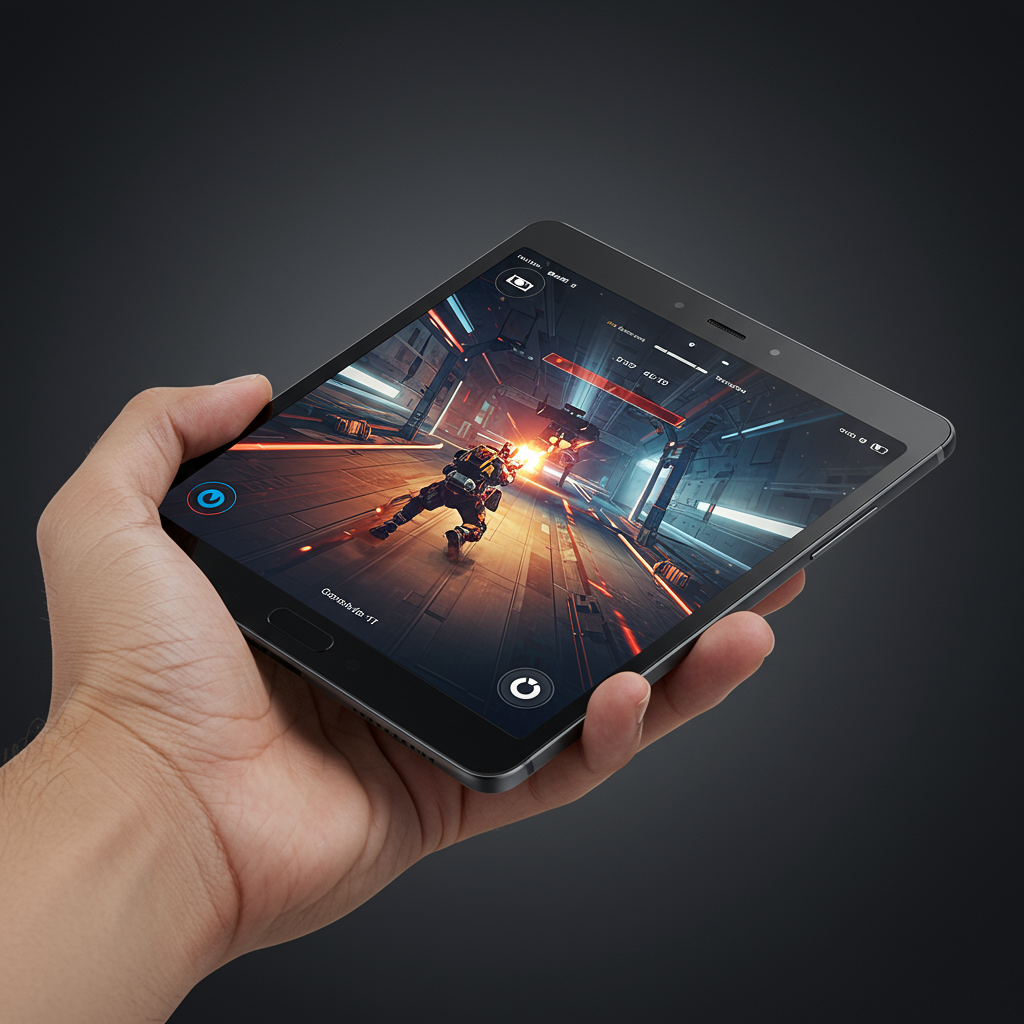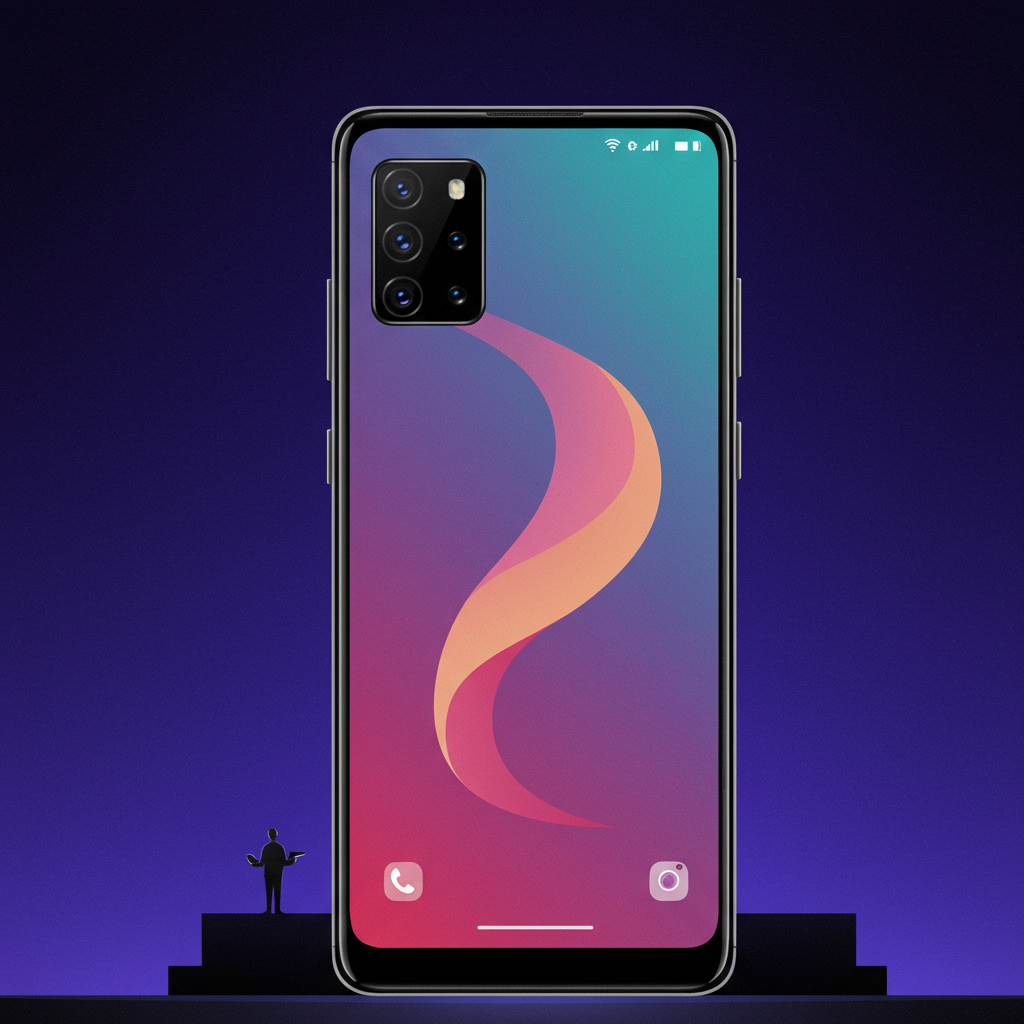For decades, encountering the Blue screen of Death (BSOD) was a universal symbol of computer catastrophe for Windows users. That sudden, bright blue freeze-frame signaling a critical system crash is deeply etched into the memory of anyone who’s used a PC since the early 1990s. It meant frustration, lost work, and the dreaded forced restart.
But now, Microsoft is making a monumental change to this notorious error screen. The tech giant has confirmed plans to retire the signature blue in favor of a new look. Get ready to say goodbye to the original BSOD.
The End of the Blue Era
After nearly 40 years as the definitive Windows error message, the Blue Screen of Death is undergoing a dramatic visual transformation. Microsoft is replacing the familiar blue backdrop with a stark black one. This isn’t just a minor tweak; it’s a significant shift for an interface element that has become synonymous with PC problems.
This change is scheduled to arrive with the upcoming Windows 11 version 24H2 update. The rollout is expected to happen for users later this summer. While the core function remains the same – notifying you of a critical system failure requiring a restart – the look and underlying purpose of the screen are evolving.
More Than Just a Color Change
While the move from blue to black might seem cosmetic, Microsoft states this update is part of a broader strategy. It’s officially tied to efforts aimed at improving the “unexpected restart experience” and enhancing system resilience. The new black screen is designed to better align with the overall visual style of Windows 11.
Beyond aesthetics, the new error screen aims to be more informative. Previous iterations sometimes provided vague information or relied on QR codes that weren’t always helpful. The updated screen will retain crucial technical details but present them more clearly. This includes displaying the specific “stop code” indicating the type of error. More importantly, it’s intended to pinpoint the exact system driver or file that triggered the crash.
Streamlining Diagnostics
This focus on clearer, more specific diagnostic information is a key benefit. For everyday users, having the stop code and offending driver name can simplify searching for solutions online. They can quickly look up the specific error rather than guessing the cause.
For IT administrators and support professionals, this detailed information is invaluable. It means they can more quickly diagnose the root cause of system crashes without needing complex debugging tools immediately. This leads to faster troubleshooting. Rapid identification of the problem driver is critical for minimizing downtime in business environments. Microsoft’s goal is to make the recovery process significantly faster.
Removing Clutter for Clarity
To achieve better readability and focus on essential information, some elements are being removed. The frowning face emoticon (:) that appeared on later versions of the BSOD is gone. The QR code, which directed users to a generic troubleshooting page, is also being removed.
The new screen features white lettering on a black background. The primary message will state, “Your device ran into a problem and needs to restart.” The technical details, including the stop code and driver information, will be displayed below this main message. This streamlined approach prioritizes the most actionable information needed for diagnosis.
Driving Change: Lessons Learned
Why is Microsoft making this change now? Part of the motivation stems from recent, high-profile incidents. A significant outage caused by a faulty software update from the cybersecurity firm CrowdStrike in July 2024 led to widespread system crashes. Millions of Windows computers globally displayed the Blue Screen of Death, causing disruption to various services, from airlines to retail and emergency systems.
This event highlighted vulnerabilities in system resilience and the need for better tools to diagnose and recover from widespread issues. The move to a more informative crash screen is a direct response to such incidents. It’s part of what Microsoft calls the “Windows Resiliency Initiative,” a broader effort to make the operating system more robust and improve the recovery process after failures. By providing clearer crash data, Microsoft aims to help prevent similar widespread disruptions or at least enable much faster recovery.
A Look Back at a PC Icon
The Blue Screen of Death has a surprisingly long history. According to longtime Microsoft engineers, early versions of the error message date back to the early 1990s. One notable early message, reportedly written by former CEO Steve Ballmer, appeared on Windows applications that stopped responding. It offered seemingly helpful options like ESC and ENTER before the ultimate reality check: CTRL+ALT+DEL.
Engineers like John Vert designed versions for Windows NT. Raymond Chen helped finalize the one that shipped with Windows 95 in 1995. The blue color itself was apparently coincidental initially. Over the decades, the BSOD evolved, eventually including the sad emoticon and QR codes. It cemented its place in pop culture, becoming a recognized symbol of computer failure, memed countless times. Its retirement marks the end of an era for a component of Windows that, despite its negative connotation, is instantly recognizable worldwide.
Introducing Quick Machine Recovery
Hand-in-hand with the new black error screen, Microsoft is introducing another feature aimed at improving system stability and recovery: Quick Machine Recovery (QMR). This is a significant step towards automating the repair process for certain critical issues.
When a PC running Windows 11 24H2 encounters a critical boot-up failure, QMR can automatically guide it into the Windows Recovery Environment (WinRE). From there, it will attempt to establish a network connection. QMR is designed to send diagnostic data about the crash to Microsoft. Based on this data, a specific fix for the detected problem can be delivered back to the PC via Windows Update.
If the delivered fix successfully resolves the issue, the PC should then be able to boot normally without requiring manual user intervention or complex troubleshooting steps. This feature is particularly valuable for issues that prevent the system from starting up correctly.
QMR aims to dramatically reduce the time and effort needed to fix frequent crashes or boot problems. For home users on Windows 11 Home, QMR will be enabled by default, providing automated repair capabilities. For organizations using Windows 11 Pro and Enterprise, IT administrators will have control over enabling and managing the feature, with additional customization options planned. This signifies a proactive approach from Microsoft to not just report errors but to automate their resolution.
What the Future Holds for Windows Stability
The shift from a blue to a black error screen, coupled with features like Quick Machine Recovery, reflects Microsoft’s increased focus on system resilience and user recovery. The goal is clear: minimize downtime and make dealing with unexpected system halts less frustrating and more efficient.
The new black screen provides users and IT professionals with better information at the moment of failure. This allows for faster diagnosis and troubleshooting. Quick Machine Recovery adds a layer of automated repair, particularly for boot-up issues, further reducing the burden on users. While the iconic Blue Screen of Death will soon be a memory for most Windows 11 users, its successor arrives with the promise of a more stable and easier-to-recover-from computing experience.
Frequently Asked Questions
What specific information does the new black error screen show?
The new black error screen in Windows 11 24H2 displays key diagnostic details. It will show the specific “stop code,” which indicates the type of critical system error that occurred. Crucially, it is designed to identify the exact system driver or file that triggered the crash. This is intended to provide more precise information than the old blue screen, helping users and IT professionals diagnose problems faster. It removes the old frowning face icon and the QR code.
When will the new black screen appear on Windows?
The new black error screen is scheduled to be rolled out with the Windows 11 version 24H2 update. Microsoft expects this update to become available to users later this summer. Once your Windows 11 device receives and installs the 24H2 update, any future critical system errors that would have previously triggered the Blue Screen of Death will now display the new black screen instead.
How does the new black screen and Quick Machine Recovery help users?
The new black error screen helps users by providing clearer and more specific details about why the system crashed, such as the stop code and the faulty driver. This makes it easier to find troubleshooting information online. Quick Machine Recovery (QMR), a related feature also coming with Windows 11 24H2, automates the repair process for many boot-up issues. It guides the PC into recovery, obtains diagnostic data, and can deliver a targeted fix via Windows Update, often allowing the system to boot successfully without manual intervention. Together, these features aim to make system crashes less disruptive and recovery faster.
Conclusion
The retirement of the Blue Screen of Death marks a symbolic shift in Windows history. While its iconic status is undeniable, the introduction of the black screen and accompanying features like Quick Machine Recovery signals Microsoft’s commitment to enhancing system stability and simplifying the recovery process. Users can anticipate a future where system errors, while still unwelcome, are less cryptic and potentially easier to resolve, moving towards a more resilient computing experience.



